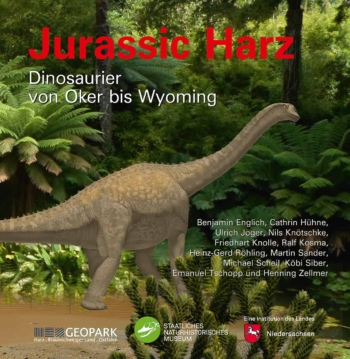Fossils of large anthracotheres collected from Moghara, Early Miocene, Egypt, during the past half century, permit an in depth revision of the family. Previous literature has resulted in a complex history of interpretation of the Moghara fossils, with much shuffling of specimens between diverse taxa. The augmented samples now available yield a more precise view of variation in the species, and the fact that several specimens comprise maxillae and mandibles with associated premolars and molars, removes some of the doubt about identification of most of the isolated teeth. There are five species of large anthracotheres at Moghara [Brachyodus depereti (Fourtau, 1918), Jaggermeryx africanus (Andrews, 1899), Aegyptomeryx grandis gen. et sp. nov., Masrimeryx gen. nov. palustris (Miller et al. 2014) and Mogharameryx gen. nov. mogharensis (Pickford, 1991)]. In addition, there are two smaller species from the deposits [Sivameryx moneyi (Fourtau, 1918) and Afromeryx zelteni Pickford, 1991]. At the genus level, Moghara shares one taxon (Brachyodus) with Europe, three taxa (Sivameryx, Afromeryx, Masrimeryx) with East Africa, and one with Asia (Sivameryx).
Key Words. Anthracotheriidae, Early Miocene, Egypt, dentition, maxilla, mandible, taxonomy, systematics.






Reviews
There are no reviews yet.